When looking for outdoor apparel that will keep you warm, you have a couple of cool choices: Thinsulate and Thermolite. Both are synthetic fabrics that offer insulation from cold and wet weather, and they can be found in a variety of outdoor apparel items ranging from jackets and vests to headwear and gloves.
Synthetics That Offer Insulation
According to The New York Times, synthetic products that offer insulation in cold weather activewear fall into four basic categories: fabrics, insulations, fabric coatings and Gore-Tex. Insulations made of polyester and other resins have become very popular because they offer waterproof protection and warmth as well as durability and comfort. Coatings applied to fabrics make the material either water-repellent or waterproof but do not necessarily provide additional warmth. Gore-Tex, valued for its waterproof and breathable characteristics, is a fine, porous membrane that can be made into a fabric or laminated onto a fabric.
Thinsulate
The first of its kind to provide "heating without heavy insulation," Thinsulate is considered the warmest and thinnest insulation material in today's market. In addition to providing moisture wicking, Thinsulate provides 1.5 times more heat than down and other insulations, is breathable and can be machine washed or dry-cleaned. As one of the thinnest synthetic insulators, Thinsulate products offer versatility that "give(s) designers more options," says Mark Erickson, sales and marketing vice president for The North Face, a leading outerwear manufacturer.
Thermolite
Thermolite insulation products offer superior warmth without the bulk of down, are machine washable and dryable, and are available in five options. Thermolite Extreme provides both exceptional warmth and durability. Thermolite Extra mimics down in that it offers plush warmth and softness. The most easily compacted Thermolite insulation, Thermolite Micro offers warmth even when wet. Ideal for extreme conditions, Thermolite Plus has the most warmth of any Thermolite product when wet. Thermolite Active is designed for high-energy pursuits, providing warmth and moisture wicking with minimum thickness.
Product Testing
Outerwear fabrics and insulations are subjected to rigorous testing to determine how well they will stand up to everyday wear-and-tear as well as inclement weather. Testing procedures range from a 7-foot-high machine with giant claws that pull a fabric in multiple directions, to a spiked steel ball pummeling fabrics placed on rollers, to a high-pressure water deluge.
Uses
Both Thinsulate and Thermolite are suitable for use in a wide range of outdoor apparel, from casual sportswear to clothing that provides protection in extreme winter conditions. Choosing the right insulation depends on the activity in which you are engaging, the style you're looking for and personal preference. With the introduction of Thinsulate and Thermolite insulations, cold weather enthusiasts--and those looking for warm and stylish sportswear--can have the warmth of down without being weighed down.
Related Articles

The Difference Between Polartec and ...

The Differences Between Fleece & ...

Differences Between Under Armour ...

The Differences of Neoprene & Thinsulate
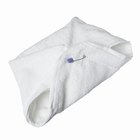
Microfleece Vs. Microplush
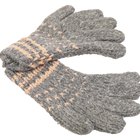
What Is the Warmest Lining for Winter ...

What Is a Textile Motorcycle Jacket?

What Are Winter Jackets Made Of?
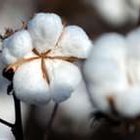
Nomex Vs. Indura Cotton
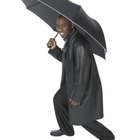
The Different Fabrics of Raincoats and ...

Down vs. Wool for Warmth in Coats

What Is Fleece Fabric Made From?
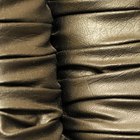
What Is Polyurethane Coated Leather?
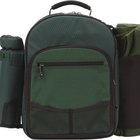
1,000 Denier Cordura Specifications

Microfiber vs. Cotton Clothes

Differences Between Polyester and Nylon ...
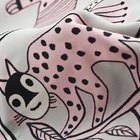
What Is Berber Fleece?

Cordura Vs. Kevlar

What Is Pinpoint Cotton?
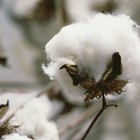
Properties of Cotton Fabric
References